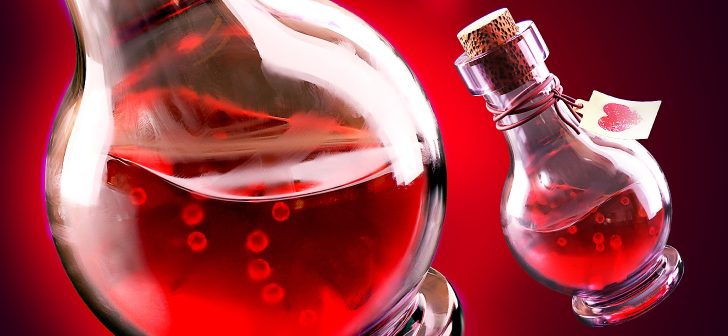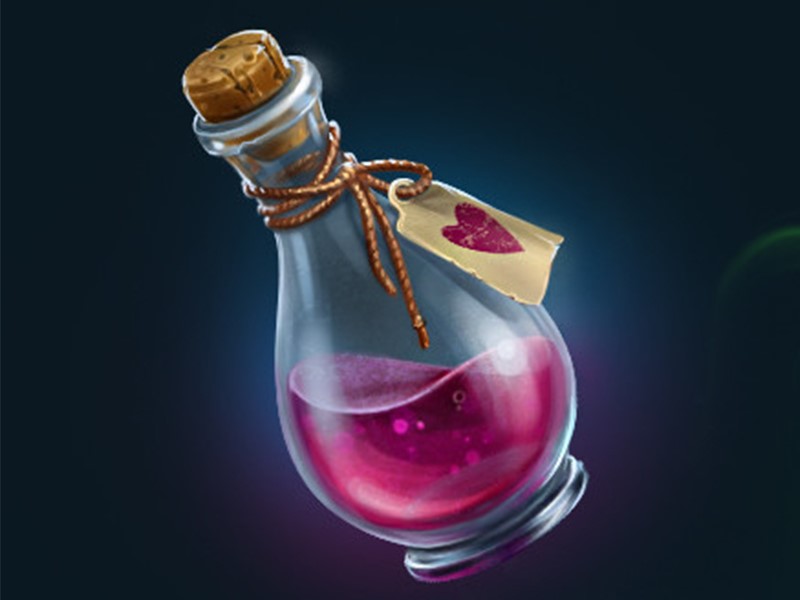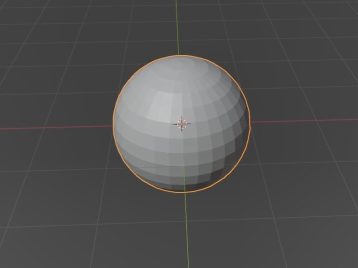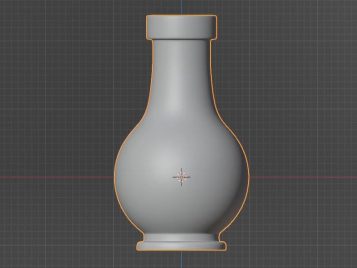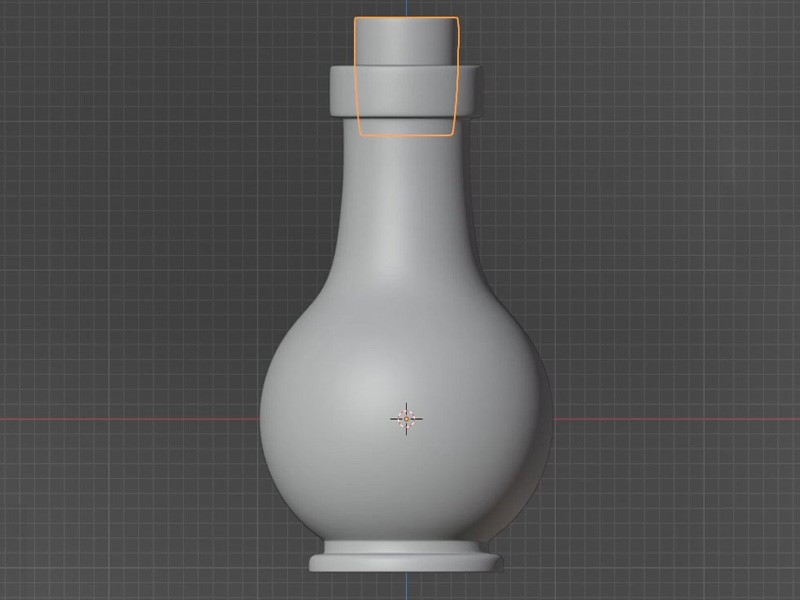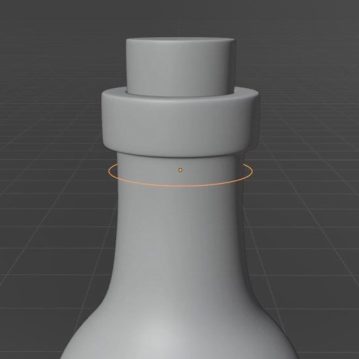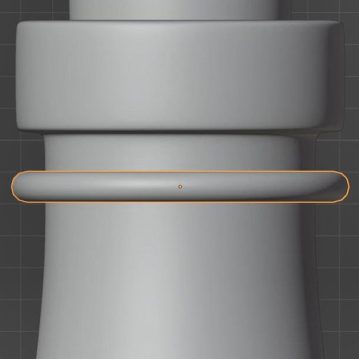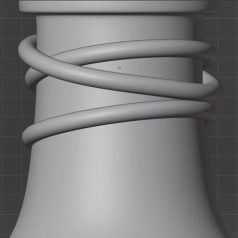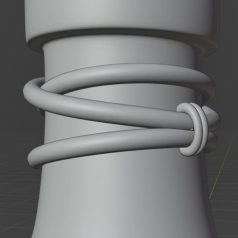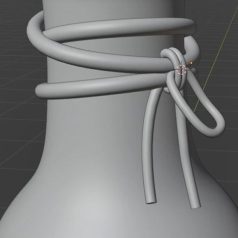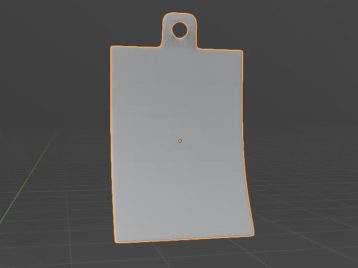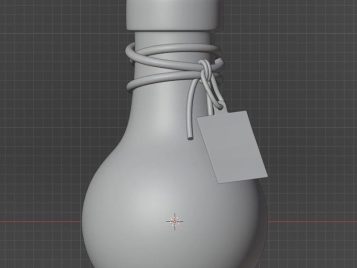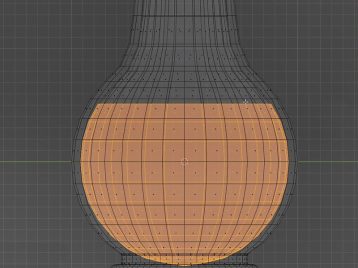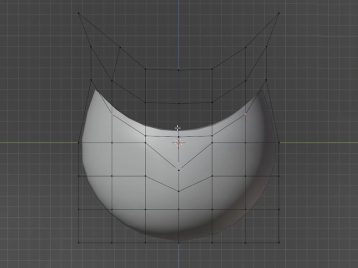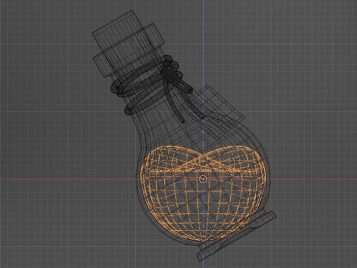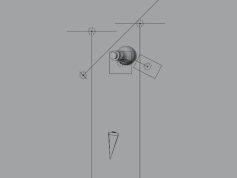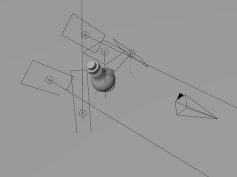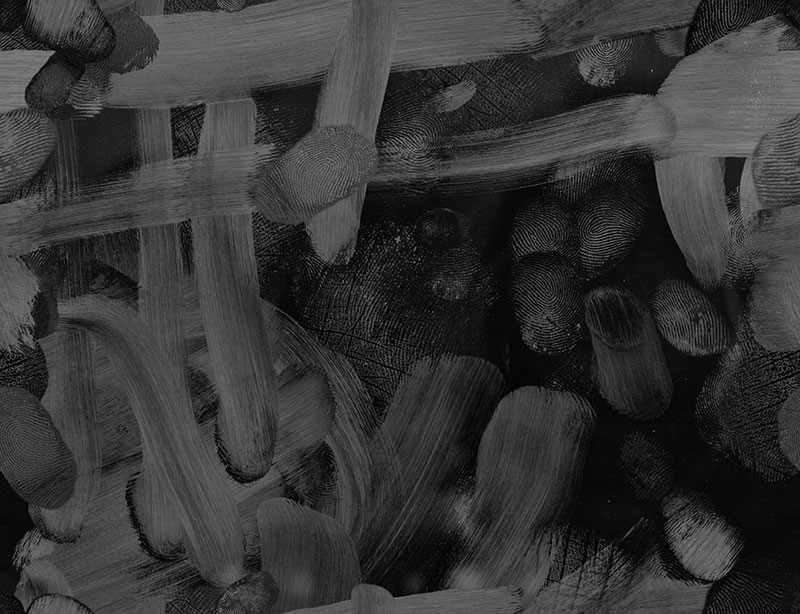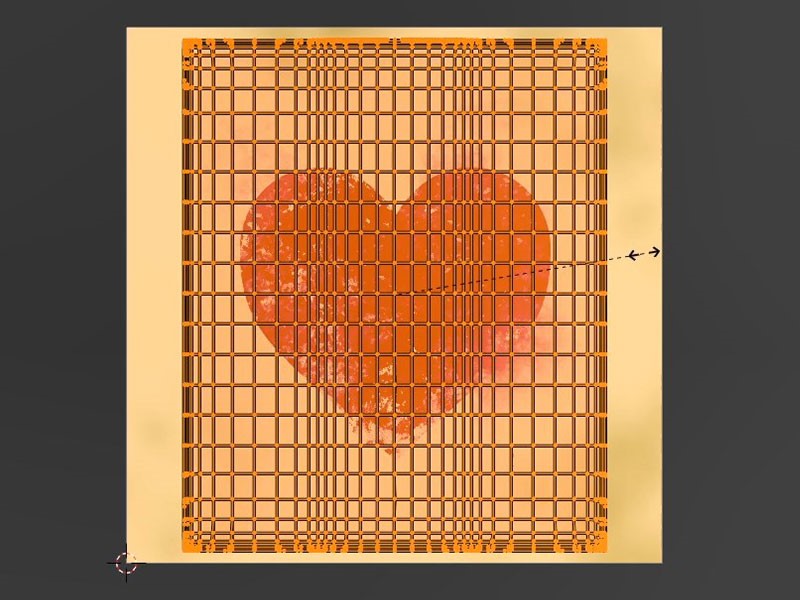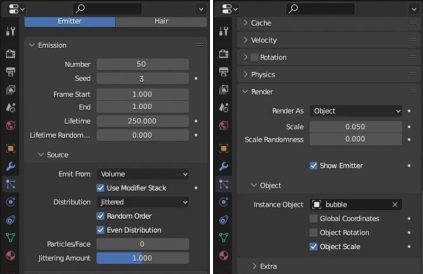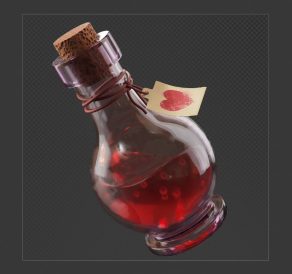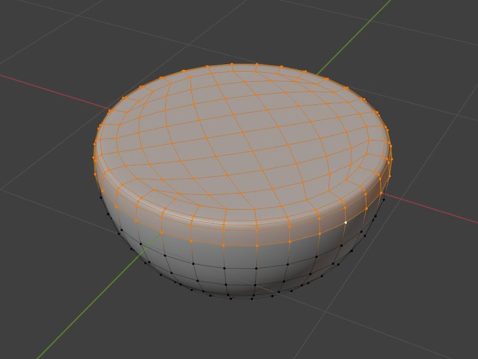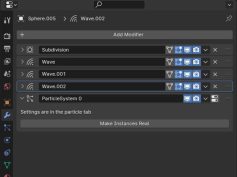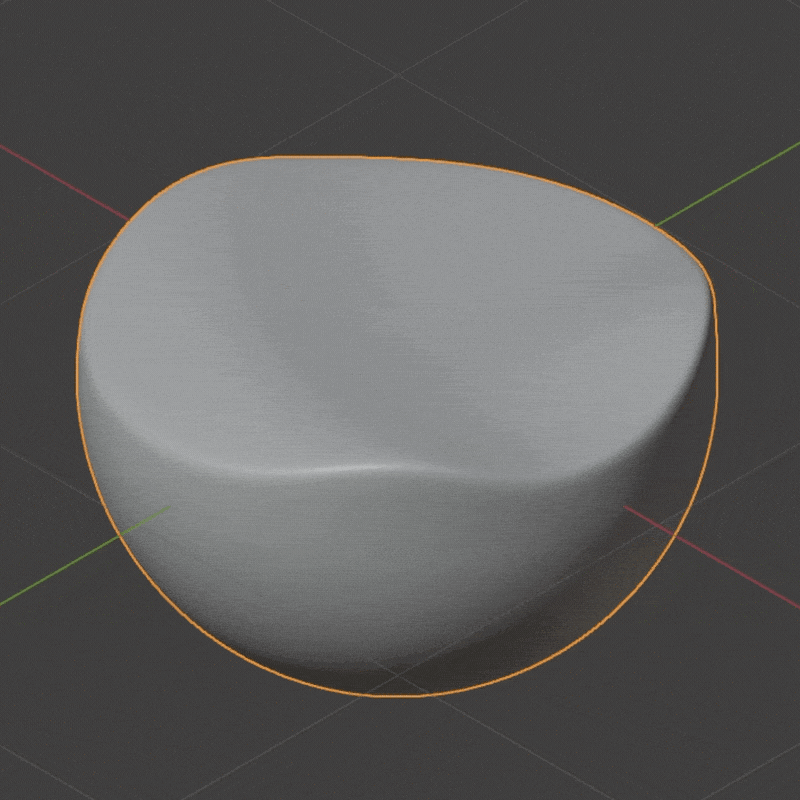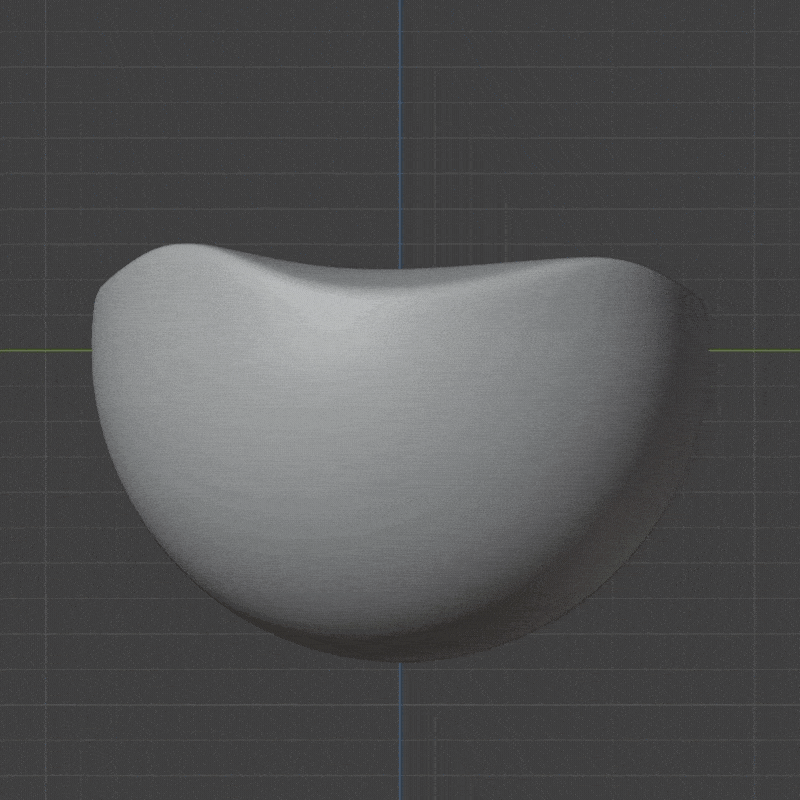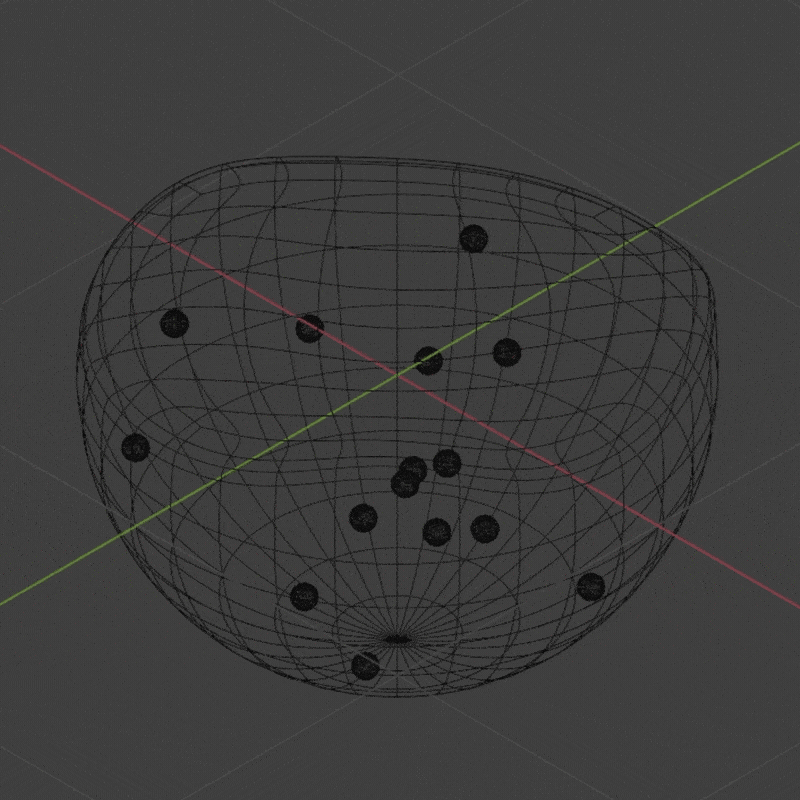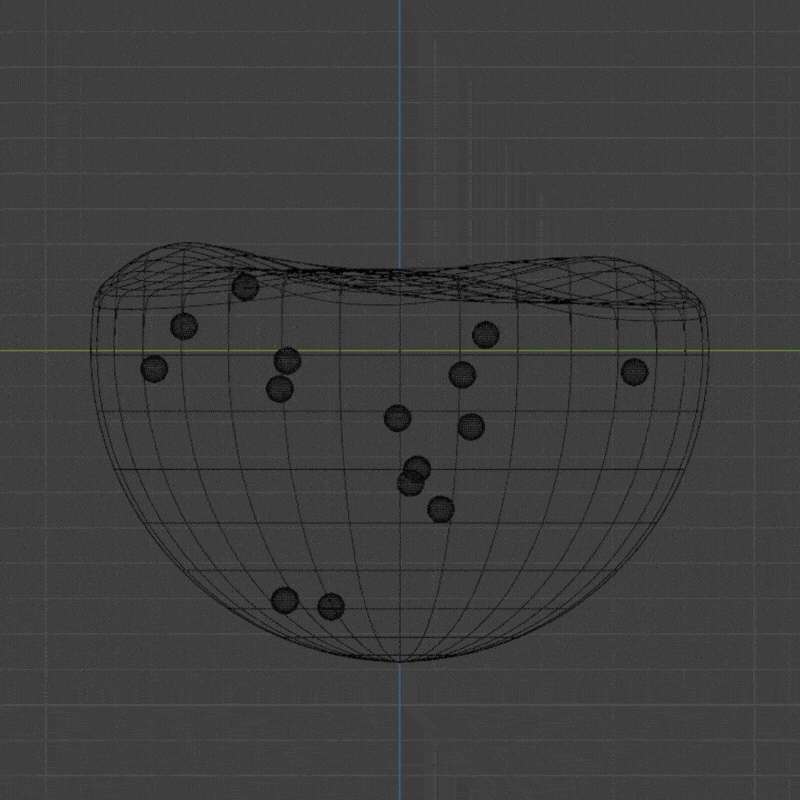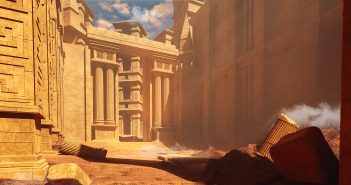INTRODUCTION
Hello, I'm Reza Navazeshi, co-founder and designer at Pixlways. We're a team of two, with my partner Azadeh Soltani, dedicated to creating 3D assets, photography, and tutorials for 3D artists. My background is in architecture, but I've been working in graphic design for the past 10 years. I've been using Blender for about 3 years now. Previously, I primarily used 3DS Max for 3D modeling but I found Blender to be much faster. While Blender offers numerous benefits, its speed in creating models is what matters most to me, so I made the switch and haven't looked back since.
I'm passionate about sharing my knowledge with fellow artists. About a year ago, we began uploading tutorials on 3D modeling in Blender and creating textures in Substance Painter on our YouTube channel. We've received fantastic feedback from the community.
BlenderNation played a significant role in boosting our visibility and featuring our content. We're grateful to the entire team and community for providing us with the opportunity to expand our reach and thrive.
INSPIRATION
Valentine's Day! We decided to create a video about crafting something special for this occasion. We were inspired by the concept of potions, and after researching various potion designs, we were captivated by the 2D bottle designs created by Kateryna Kyrkach. One particular bottle featured a heart label, and we felt that this was the perfect design to recreate in Blender.
PROCESS
Modeling
We began with a UV sphere and crafted the bottle from it.
Next, we utilized the polygons from the bottle to construct its lid.
To create the ropes around the bottle, we employed a circle curve and added thickness to it in the object data properties. By adjusting the vertices, we fashioned the remainder of the ropes.
Then, we crafted the label from a plane, augmenting it with a slight thickness.
To create the liquid, we selected the inner polygons of the bottle and formed nearly half of a sphere.
Then, we employed a lattice to reshape it into a liquid-like form. (In the animation section, we utilized a more advanced method to achieve a more realistic liquid effect.)
Scene setup
Next, we established the camera and arranged the scene. I usually try to set up the scene with the least number of light sources possible but in this instance, I incorporated many light sources because achieving a compelling result for glass and liquid materials proved challenging.
Additionally, we utilized this HDRI from Poly Haven.
Material
We began creating the materials, starting with the bottle.
We incorporated a fingerprint roughness map from Poliigon.
For the liquid:
And for the lid:
For the rope, we chose a simple material. Additionally, for the label, we crafted an image of a heart using Photoshop and imported it into the scene.
Bubbles
For the bubbles in the liquid, we employed a basic particle system with a simple sphere as the instance object.
Animation
After publishing this segment on YouTube, we received inquiries about how to animate liquid movement. As a result, we've decided to create another tutorial addressing this topic.
This is my initial attempt:
I showed it to Azadeh but she wasn't satisfied with the result, and upon reflection, she was indeed correct. We recognized the need for a more natural liquid movement, prompting us to explore an alternative approach which ultimately led us to this revised version:
The preview particle system didn't quite work for animation purposes, so we adjusted various parameters such as gravity and made a couple of other changes to fine-tune the effect.
To achieve natural liquid movement, we began by creating half of a sphere as we did before.
However, instead of utilizing a lattice, we assigned a vertex group to the top section of the object. Then, we applied three wave modifiers with slightly different adjustments to simulate the desired liquid movement.
These two videos provide more detailed demonstrations of the creation process.
With some color correction and the addition of a background in Photoshop, we produced an image resembling this:
RENDER : Love Potion
Thank you for reading our article. If you have any questions, please don't hesitate to reach out to us through our social media channels.
Have a nice one!
About the Artist
Reza Navazeshi is a co-founder and creative director at Pixlways, who is currently immersing himself in the world of 3D. Reza on LinkedIn and Behance.

